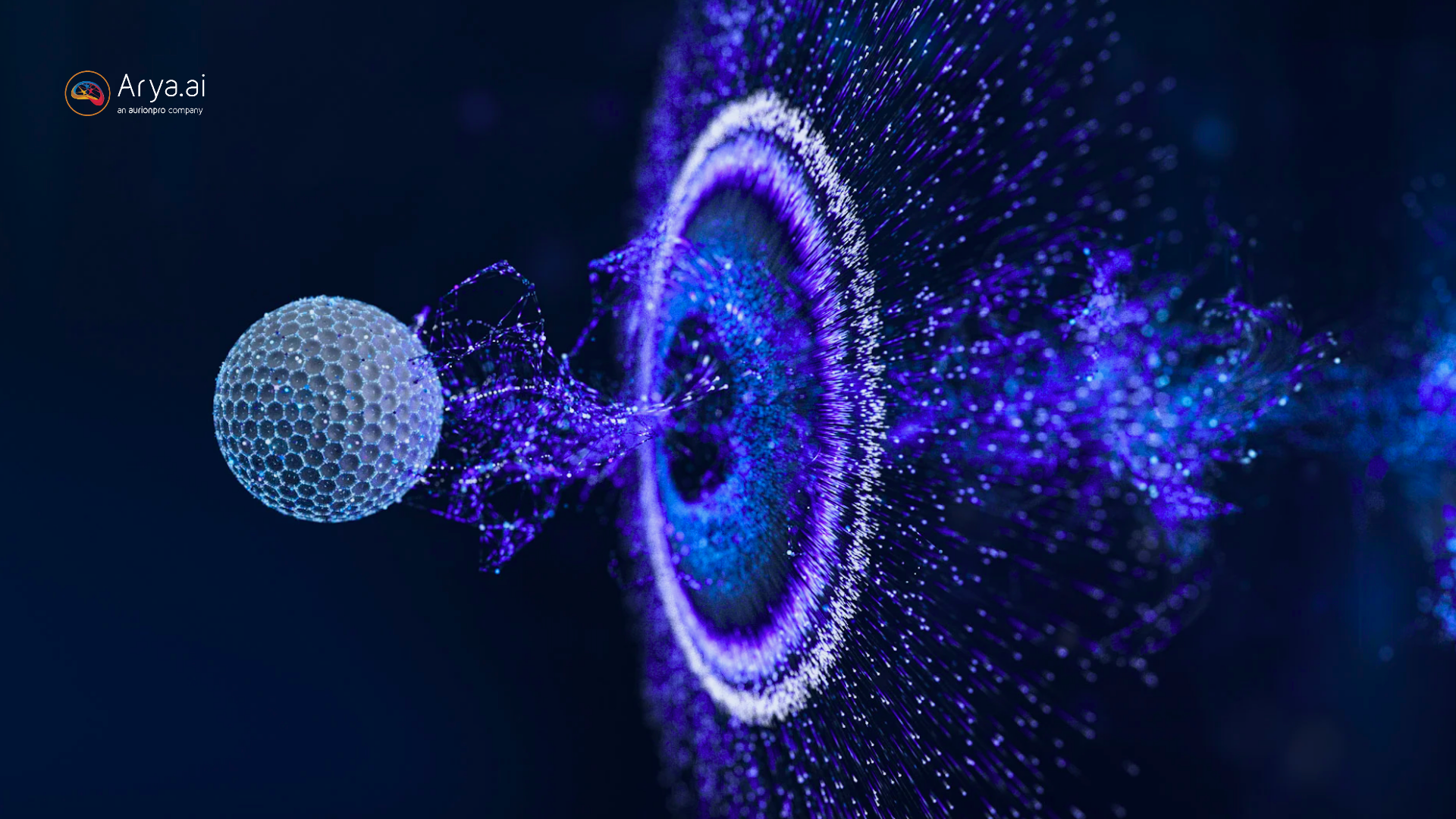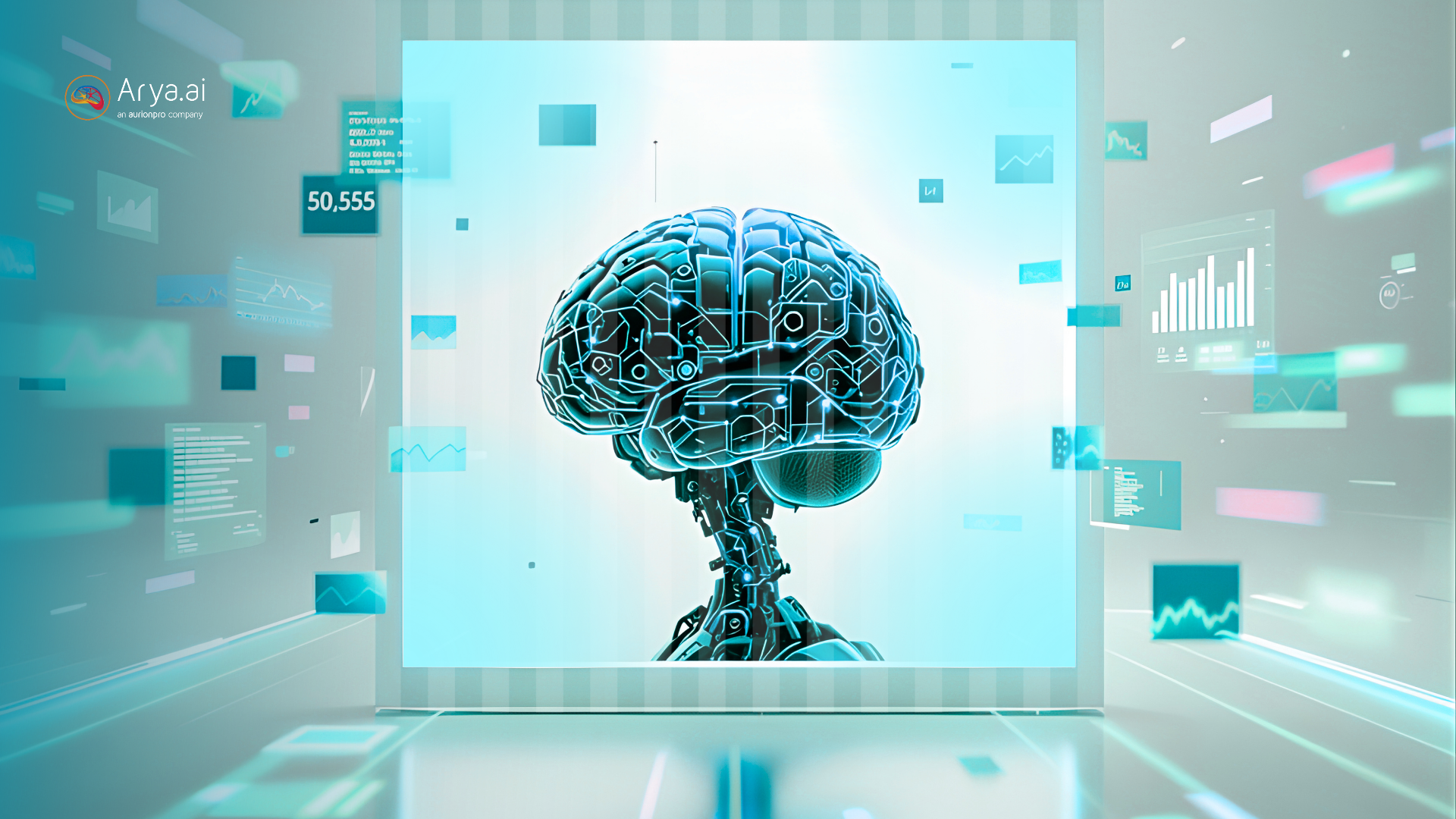
Enterprises looking to leverage large language models have several strategic approaches. Three prominent methods are: LLM Fine-Tuning, Retrieval-Augmented Generation (RAG), and MCP. Which one is the most viable option to get the most reliable and accurate output? Let’s find out!
LLM Fine-Tuning
As the name suggests, it involves fine-tuning a pre-existing model on specific datasets to complete certain tasks with better accuracy and relevance. The training makes the model an expert in your domain. A fine-tuned model that has learned the unique context of a domain does particularly well niche tasks. Domain specificity, however, may trade off some of the general knowledge of the model.
Fine-tuning requires special expertise from machine learning experts or data scientists. It also demands a robust ML pipeline, involving gathering high-quality training datasets, data labelling, training parameters, computational resources, and more.
As a strategic investment, fine-tuning does pay off when you need a tailor-made model for a well-defined use case. It’s not the most agile or the easiest approach, but if deep customization is what your use requires, LLM fine-tuning is the way to go.
.jpg)
Retrieval-Augmented Generation (RAG)
Unlike fine-tuning, the foundational model undergoes no changes. Instead, RAG supplies the base LLM with relevant data on the fly from an external knowledge repository. Basically, an information retrieval system gets created for the base LLM, allowing it to access stored enterprise content like documents, knowledge base articles, support tickets, etc.
When a user query comes in, the system finds the most relevant pieces of data and injects them into the LLM’s prompt as context. The LLM then generates a response based on both its original training and the provided context. The onus of retaining the information or context is not on the LLM; it looks up the facts as and when needed.
.jpg)
So it makes sense why complex model training is not required for RAG. Enterprises must create a document processing pipeline, a retrieval engine, and integration logic to combine the retrieved information with model prompt.
There are many tools and libraries (LangChain, Haystack, LlamaIndex, etc.) that facilitate this, reducing development effort. It’s not as complex as fine-tuning tuning but at the same time, it’s still not a plug-and-play solution.
MCP (Tool Integration via Model Context Protocol)
MCP, as used here, refers broadly to giving the LLM the ability to interact with external tools and systems in a modular way. (Formally, Model Context Protocol (MCP) is an open standard that “extends the capabilities of LLMs to use tools and perform actions.”
It was introduced to let AI assistants interface with other software through a defined protocol, almost like giving the LLM a toolkit or a set of hands to work with your IT systems.) For instance, if you connect your Google Calendar to the LLM through an MCP server, instead of just telling a user “Your meeting is scheduled at 3 PM,” an MCP-enabled assistant could actually schedule the meeting on the calendar via an integration.
Comparing Fine-tuning, RAG, and MCP
Here’s an exhaustive table that covers all the crucial factors for comparing fine-tuning, RAG, and MCP:
.jpg)
Choosing an Approach
Select a model that aligns best with your use case and business goal. For information retrieval, RAG emerged as the best fit. Now, even that landscape is evolving with the arrival of MCP. Below is a video of Weave acting as an agent orchestration platform that’s connected with the PostgreSQL server. It’s facilitating a conversation with the enterprise database using natural language prompts. The connection with the enterprise database was straightforward.
If your goal is to inculcate certain skills, style, or capabilities into an LLM, fine-tuning is a great option. However, if there is a plethora of MCP servers available that allow the model to extract context on a per-query basis, platforms like Weave offer a viable option.
MCP is also ideal for taking action. For instance, an AI sales assistant that logs calls in CRM, or an IT assistant that can actually reset a server or fetch live analytics. This approach is strategically valuable for workflow automation and AI-driven assistants that handle tasks end-to-end.
MCP/Tool Integration offers action and automation, unlocking new business value by letting AI directly interact with systems – essentially moving from “assistant” to “agent” in your enterprise.
Introducing Weave by Arya.ai
The landscape of AI integration is evolving rapidly, and Weave by Arya.ai brings a powerful new option to the table. Built on the MCP Client-Server architecture, Weave is an agent orchestration platform that lets you connect your LLMs to any enterprise system—databases, MCP servers, pre-trained AI solutions, and more—without writing bespoke connectors.
With Weave by Arya.ai, you get flexibility and, with real-time context and tool access, better accuracy and relevance. Explore Weave here: https://arya.ai/weave





.png)





.png)




.png)
.svg)


